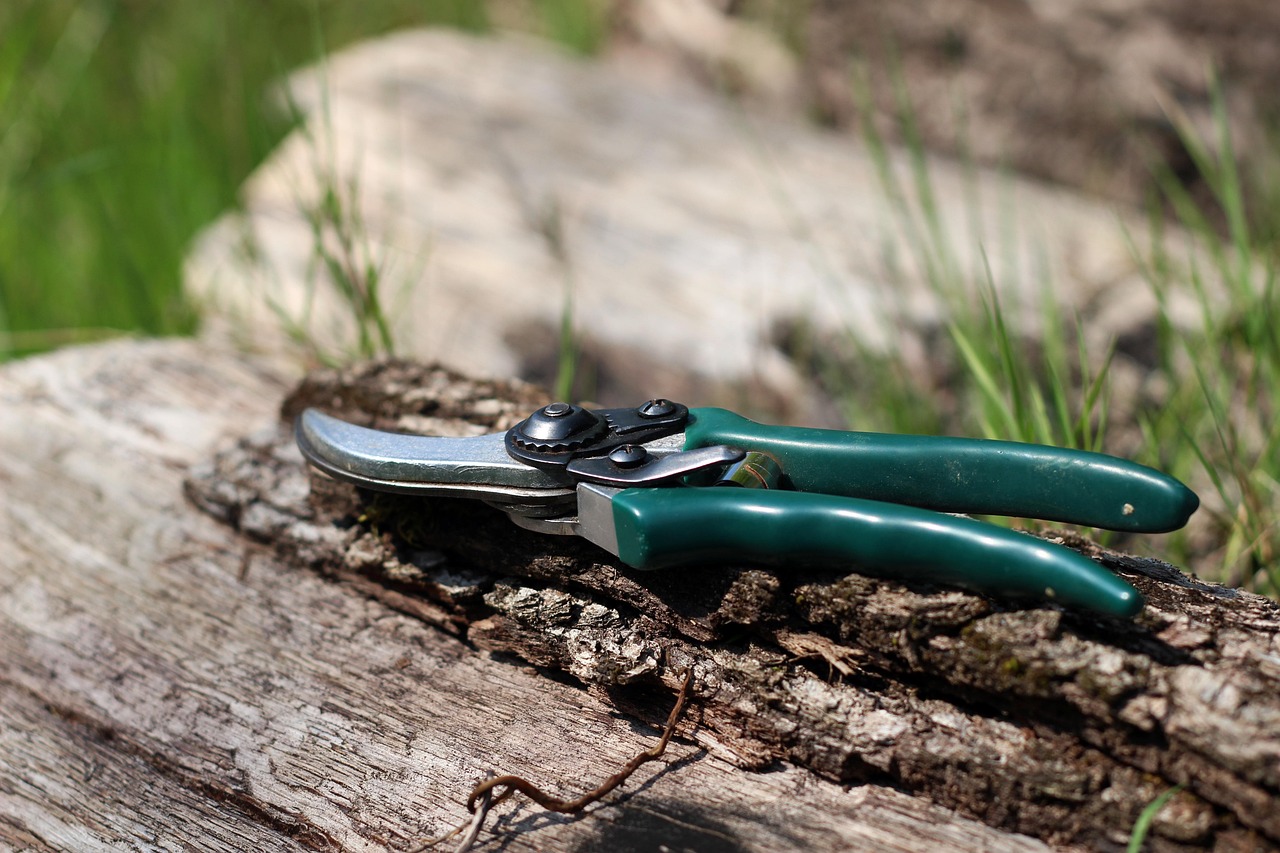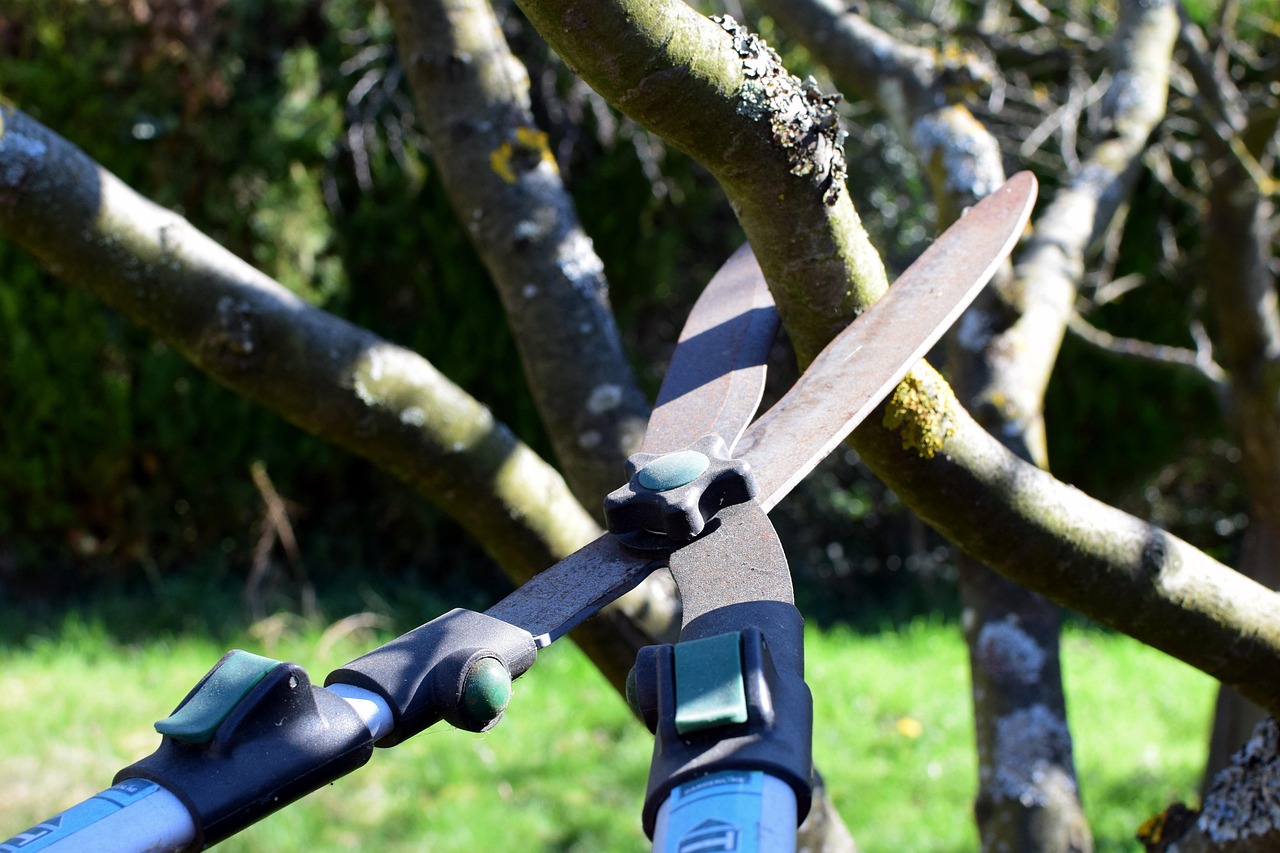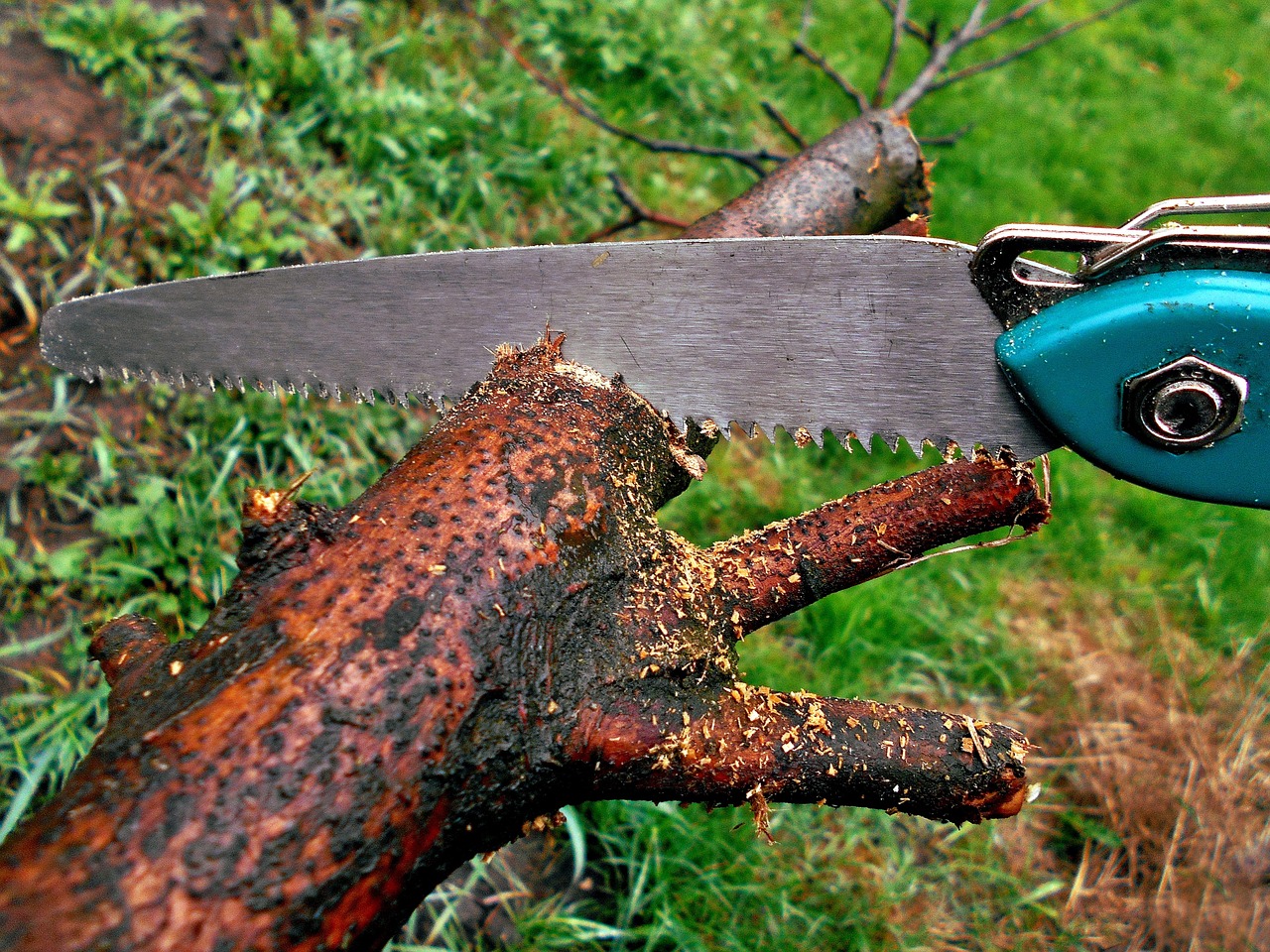Pruning during the dormant phases offers multiple benefits, including enhanced plant health, promoting vigorous growth, and encouraging flowering. This practice reduces plant stress and improves visibility, making it easier to identify and remove unhealthy branches. Understanding these advantages helps gardeners maintain vibrant and thriving plants, ensuring optimal health and aesthetics.
Pruning is a crucial horticultural practice that involves the selective removal of specific plant parts. This can include branches, buds, or roots. The timing of pruning can significantly affect the plant’s overall health and productivity. One of the most beneficial periods for pruning is during the dormant phase. This is typically in late winter or early spring when trees and shrubs are not actively growing. Understanding the benefits of pruning during this time can help gardeners and landscapers enhance the vitality of their plants.

Plants enter a dormant phase as a survival mechanism. During this time, they conserve energy and protect themselves from extreme weather conditions. Pruning during this phase can be particularly advantageous for several reasons:
Key Benefits of Pruning During Dormant Phases
Pruning in the dormant phase offers a range of benefits. It is important to understand how these advantages contribute to the health and aesthetics of plants.
- Promotes Healthy Growth: Pruning removes dead or diseased branches, which can harbor pests and diseases. This encourages healthier growth in the following growing season.
- Improves Air Circulation: By thinning out crowded branches, pruning enhances air circulation in the plant’s canopy. Improved airflow reduces the risk of fungal infections.
- Encourages Flowering: Certain plants benefit from pruning because it stimulates new growth that may lead to increased flowering. This is especially true for flowering shrubs.
- Shapes the Plant: Dormant pruning allows for shaping plants without interfering with their growth cycle. This is essential for maintaining desired aesthetics in gardens and landscapes.
- Easier Access: During dormancy, the absence of leaves makes it easier to see the plant’s structure. This visibility helps identify areas that require attention.
The benefits of dormant pruning extend beyond just aesthetics and health. They also include practical advantages related to maintenance and care. Understanding these factors can guide gardeners in their pruning practices.

Optimal Timing for Dormant Pruning
The timing of pruning is crucial for maximizing its effectiveness. Pruning too early or too late can lead to negative outcomes. Generally, the best time for dormant pruning is late winter to early spring, just before new growth begins. This timing allows plants to heal quickly from cuts while minimizing stress.
The following table outlines the typical timing for dormant pruning based on various plant types:
| Plant Type | Optimal Pruning Time |
|---|---|
| Deciduous Trees | Late winter (February to March) |
| Ornamental Shrubs | Late winter to early spring (February to April) |
| Fruit Trees | Late winter (January to March) |
| Perennial Plants | Early spring (March to April) |
It is essential to consider local climate conditions when determining the exact timing for pruning. In warmer regions, dormancy may occur earlier than in colder areas. Additionally, observing the specific growth patterns of individual plants can help gardeners make informed decisions.

Techniques for Effective Dormant Pruning
Once the optimal time for pruning is identified, employing the right techniques becomes essential. Proper techniques ensure that cuts are clean and promote healthy healing. Below are some effective dormant pruning techniques:
- Cleansing Cuts: Always use sharp and clean tools to make precise cuts. This minimizes damage and helps prevent disease transmission.
- Thinning: Focus on thinning crowded branches rather than excessive cutting back. This preserves enough foliage for photosynthesis.
- Main Leader Maintenance: Identify and maintain a dominant central leader in trees. This promotes a strong structure.
- Avoid Over-Pruning: Limit cuts to no more than one-third of a plant’s overall size. Over-pruning can lead to stress and reduced vigor.
Employing these techniques during the dormant phase can amplify the benefits of pruning. With careful attention, gardeners can ensure their plants remain healthy and vibrant throughout the growing season.
The practice of dormant pruning not only enhances plant health but also fosters an environment where vibrant growth can flourish. Understanding its benefits and applying effective techniques will lead to thriving gardens and landscapes.

Common Mistakes in Dormant Pruning
While dormant pruning has numerous benefits, there are several common mistakes that gardeners may encounter. Being aware of these pitfalls ensures a more successful pruning experience. Here are some frequent errors:
- Pruning at the Wrong Time: Timing is essential for effective pruning. Cutting too early or too late in the dormant phase can hinder plant recovery and growth.
- Ignoring Plant Type: Not all plants respond the same way to pruning. Understanding the specific needs of each type of plant is crucial.
- Using Dull Tools: Pruning with dull tools can crush stems rather than making clean cuts. This can lead to increased susceptibility to disease.
- Not Cleaning Tools: Failing to disinfect tools between cuts can transfer diseases from one plant to another.
- Neglecting Safety: Proper safety gear, such as gloves and goggles, should always be used to prevent injuries during pruning.
By recognizing and avoiding these mistakes, gardeners can enhance their pruning practices and contribute to the overall health of their plants.
Understanding Plant Responses to Pruning
Plants respond differently to pruning depending on their species, age, and overall health. Understanding these responses can help gardeners tailor their pruning techniques effectively. Here are some key plant responses to consider:
- Regrowth: Many plants will respond to pruning by producing new growth. This is particularly true for vigorous species.
- Flowering Patterns: Some plants may take a year or two to flower after significant pruning. It is important to know the flowering habits of specific plants.
- Stress Response: Excessive pruning can stress plants, leading to poor health or even death. Moderation is key.
- Resilience: Certain species, like willows and some fruit trees, are highly resilient and can handle more aggressive pruning.
A gardener’s ability to recognize and understand these responses can lead to more informed decisions during the pruning process.
The Role of Pruning in Pest Management
Pruning also plays a significant role in pest management. By removing dead or diseased branches, gardeners create a less favorable environment for pests. Here are some ways pruning supports pest management:
- Reduction of Habitat: Pruned plants have fewer hiding spots for pests. This makes it harder for them to thrive.
- Improved Air Flow: Thinning out dense areas improves air circulation, reducing humidity that can attract pests.
- Disease Prevention: Removing diseased branches decreases the likelihood of disease spreading throughout the plant.
- Monitoring Health: Regular pruning allows gardeners to monitor plant health closely, making it easier to spot pests early.
Incorporating pruning as part of an integrated pest management strategy can lead to healthier plants and reduced pest populations.
Dormant Pruning for Specific Plant Types
Certain plants benefit from distinct approaches to dormant pruning. Understanding the requirements of various plant types can enhance the effectiveness of the practice. Below is a list of commonly pruned plants along with specific recommendations:
| Plant Type | Pruning Recommendations |
|---|---|
| Roses | Cut back dead or weak stems to promote new growth. Shape the plant for better airflow. |
| Fruit Trees | Focus on removing crossing branches and maintaining an open center for sunlight penetration. |
| Ornamental Grasses | Cut back old foliage to ground level to encourage fresh growth. |
| Deciduous Shrubs | Remove one-third of older stems to rejuvenate growth and enhance flowering. |
This table illustrates how different plants have unique needs when it comes to dormant pruning. Tailoring techniques based on plant type can lead to optimal results.
The Environmental Impact of Pruning
Pruning during dormant phases also contributes positively to the environment. Healthy plants play a vital role in supporting ecosystems. Here are some environmental benefits associated with proper pruning:
- Biodiversity Support: Healthy plants provide habitats for various wildlife species and contribute to overall biodiversity.
- Aesthetic Value: Well-maintained landscapes enhance community spaces, promoting mental well-being among residents.
- Erosion Control: Strong, well-pruned plants help stabilize soil, reducing erosion in vulnerable areas.
- Carbon Sequestration: Healthy trees and shrubs absorb carbon dioxide, contributing to cleaner air and a healthier atmosphere.
Understanding the broader environmental impact of dormant pruning reinforces its importance in sustainable gardening practices.
Tools and Equipment for Effective Pruning
Using the right tools is essential for successful dormant pruning. Proper equipment not only makes the task easier but also ensures cleaner cuts that promote plant health. Here are some commonly used tools for pruning:
- Hand Pruners: Ideal for small branches up to ¾ inch in diameter. They are essential for making precise cuts.
- Loppers: Suitable for larger branches, typically up to 2 inches thick. They provide extra leverage for cutting.
- Saws: Pruning saws are designed for bigger branches and are effective for cutting through thicker wood.
- Hedge Shears: Useful for shaping and trimming hedges and shrubs, they can help maintain desired plant size and shape.
- Safety Gear: Gloves, goggles, and long sleeves protect against injuries while pruning. Safety should always be a priority.
Maintaining these tools is equally important. Regular sharpening and cleaning ensure that they perform effectively and last longer.
Pruning Techniques for Different Growth Habits
Plants exhibit various growth habits, and understanding these can guide effective pruning strategies. Here are three common growth habits along with recommended techniques:
1. Open Growth Habit
Plants with an open growth habit have widely spaced branches and a more horizontal structure. Examples include many fruit trees. Recommended techniques include:
- Thinning: Remove crossing branches to increase light penetration and air circulation.
- Height Control: Trim back tall branches to maintain a manageable height.
2. Dense Growth Habit
Dense growth plants, such as some ornamental shrubs, may require different approaches. These techniques can help:
- Selective Pruning: Cut back the oldest and thickest stems to encourage new growth.
- Rejuvenation Pruning: In extreme cases, cut back the entire plant to a few inches above the ground to stimulate new shoots.
3. Vining Growth Habit
Vining plants, like certain types of climbing roses, benefit from specific pruning methods. Here’s how to manage them effectively:
- Cleansing Cuts: Remove dead or weak stems to promote stronger vines.
- Training: Guide the vines onto trellises or supports during pruning to enhance their growth direction.
Understanding these growth habits allows gardeners to adapt their pruning techniques, ensuring that each plant receives the care it needs.
The Importance of Pruning for Tree Health
Pruning trees during their dormant phase is particularly vital for maintaining their health and longevity. Here are key aspects of tree pruning to consider:
- Structural Integrity: Regular pruning helps develop a strong branch structure, which is essential for supporting heavy foliage and fruit loads.
- Pest Management: Removing dead or diseased wood reduces pest habitats and encourages healthier growth.
- Avoiding Storm Damage: Trees with well-pruned branches are less likely to experience breakage during storms, reducing the risk of damage to property.
- Encouraging New Growth: Pruning stimulates the production of new shoots, leading to a fuller canopy and improved aesthetics.
By focusing on these aspects during the dormant phase, tree health can be significantly improved, leading to more resilient and beautiful landscapes.
Signs That a Plant Needs Pruning
Recognizing when to prune is just as important as knowing how to prune. Several signs indicate that a plant may need attention:
- Dead or Diseased Branches: If branches appear dry or discolored, they should be removed to prevent disease spread.
- Crowding: If branches are overlapping or crowding each other, thinning out should be considered to improve airflow.
- Weak Growth: Stems that are thin and spindly may need cutting back to encourage stronger growth.
- Pest Infestation: Noticeable signs of pests can be a signal that pruning is required to eliminate affected areas.
Being vigilant about these signs will help ensure that plants remain healthy and vibrant throughout their growing season.
Pruning as a Tool for Landscape Design
In addition to health benefits, pruning plays an essential role in landscape design. It can be used creatively to shape plants and impact the overall aesthetic of outdoor spaces. Here are some design considerations:
- Creating Focal Points: Strategic pruning can enhance key features in a garden or landscape, drawing attention to specific plants or structures.
- Mimicking Natural Forms: Pruning can help achieve a natural look by shaping plants in ways that reflect their native growth patterns.
- Seasonal Interest: Pruning can enhance seasonal displays by allowing more light to reach blooming areas, thus maximizing floral output.
- Defining Spaces: Well-pruned hedges and shrubs can create clear boundaries in landscapes, guiding visitors through outdoor spaces.
This creative aspect of pruning allows gardeners to have fun while maintaining plant health and enhancing the beauty of their environment.
Pruning for Sustainable Gardening Practices
In addition to enhancing plant health and aesthetics, dormant pruning plays a vital role in sustainable gardening practices. By following environmentally friendly pruning methods, gardeners can promote healthy ecosystems while reducing their ecological footprint. Here are some sustainable practices to consider during the pruning process:
- Composting Pruned Material: Instead of discarding pruned branches and leaves, composting them can create nutrient-rich soil amendments. This practice reduces waste and enriches the garden.
- Natural Pest Control: Pruning can help create habitats for beneficial insects, which can naturally control pest populations, minimizing the need for chemical interventions.
- Water Management: Well-pruned plants can establish deeper roots, which improves water retention in the soil and enhances drought resistance.
- Native Plant Pruning: Focusing on native plants in landscapes promotes biodiversity and reduces the need for excessive maintenance, such as watering or fertilization.
By incorporating these sustainable practices into pruning routines, gardeners can contribute to healthier ecosystems and more resilient landscapes.
Community Engagement and Education
Another significant aspect of pruning is its potential for community engagement and education. Workshops and community events focused on pruning techniques can foster a sense of community while promoting shared knowledge. Here are some ways to engage the community:
- Workshops: Organizing local workshops allows experienced gardeners to share their skills with beginners, enhancing overall gardening knowledge in the community.
- Demonstration Gardens: Setting up demonstration gardens showcases effective pruning techniques and encourages others to adopt best practices.
- Online Forums: Creating online platforms for discussions about pruning can connect gardeners, providing a space for sharing experiences and tips.
- School Programs: Involving schools in gardening programs that include pruning education helps instill a love for nature and gardening in younger generations.
By engaging communities in educational initiatives, gardeners can help cultivate a culture of sustainability and environmental stewardship.
Economic Benefits of Pruning
The economic benefits of proper pruning extend beyond individual gardens. Healthy landscapes can enhance property values and contribute to local economies. Here are some economic aspects related to pruning:
- Increased Property Value: Well-maintained landscapes boost curb appeal, which can increase the value of residential and commercial properties.
- Reduced Maintenance Costs: Regular pruning minimizes the need for extensive repairs or replacements due to damage from pests or diseases.
- Attracting Tourism: Beautifully pruned parks and gardens can attract tourists, providing economic benefits to local businesses.
- Job Creation: Hiring professional landscapers for pruning creates job opportunities within the community, contributing to economic growth.
Understanding these economic benefits can motivate communities to invest in proper pruning practices, leading to long-term gains.
Final Thoughts
The practice of pruning during dormant phases offers numerous benefits that extend far beyond the immediate health of plants. From promoting vigorous growth and improving air circulation to enhancing landscape aesthetics and supporting local ecosystems, the advantages are extensive. By employing proper techniques and utilizing the right tools, gardeners can achieve optimal results while minimizing common mistakes.
Sustainable gardening practices, including composting, water management, and community engagement, serve to reinforce the importance of dormant pruning. Not only does this practice contribute to individual gardens, but it also fosters a broader sense of environmental responsibility. Furthermore, understanding the economic implications of proper pruning encourages both homeowners and communities to prioritize landscape maintenance.
As gardeners continue to embrace the art and science of pruning, the collective effort will lead to healthier plants, vibrant communities, and sustainable ecosystems. Whether one is a seasoned gardener or just starting out, recognizing the myriad benefits of pruning during dormant phases is essential for cultivating successful, thriving landscapes.
